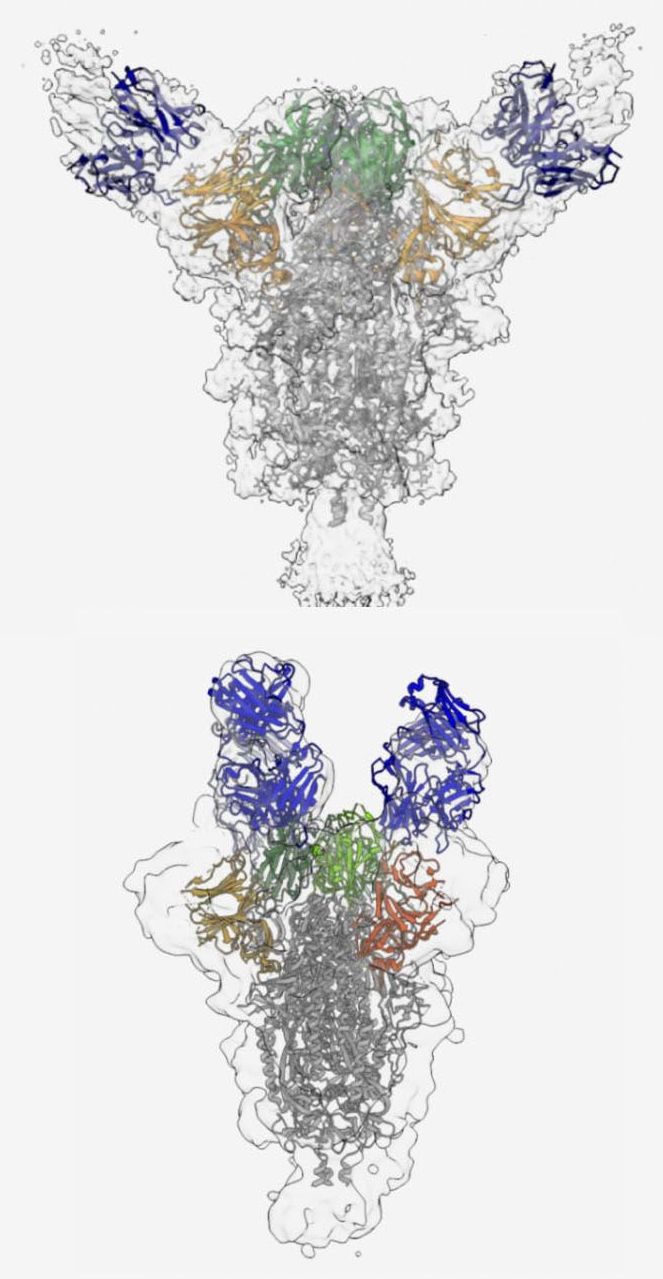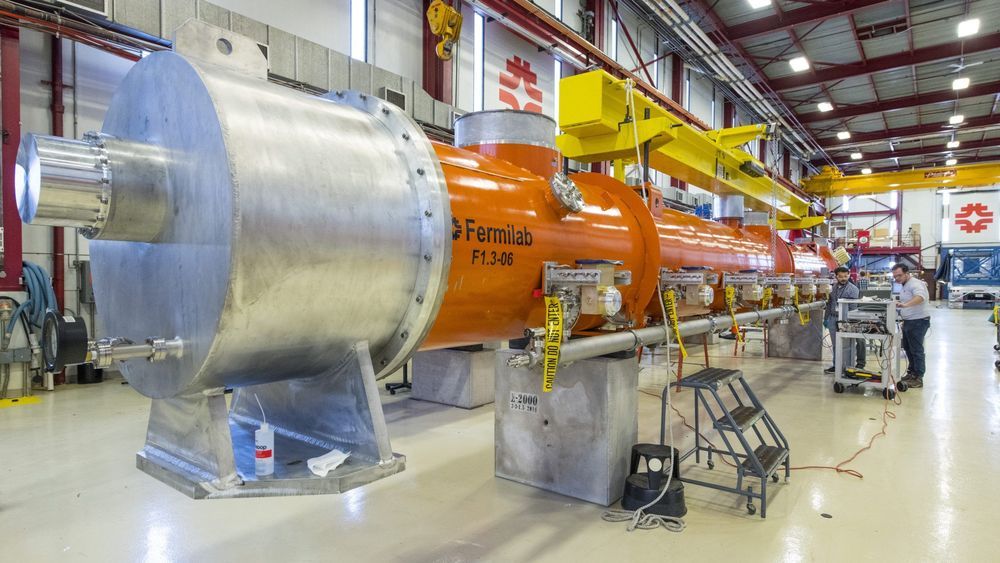NASA just launched a new citizen science project — it wants the public’s help to find and identify brand new exoplanets.
Human Touch
This is the sort of work that technically could be automated with an algorithm trained to spot new worlds, Space.com reports. But it turns out that in this case, there’s no substitute for human judgment.
“Automated methods of processing TESS data sometimes fail to catch imposters that look like exoplanets,” Veselin Kostov, the NASA researcher leading the Planet Patrol project, said in a press release. “The human eye is extremely good at spotting such imposters, and we need citizen scientists to help us distinguish between the lookalikes and genuine planets.”





